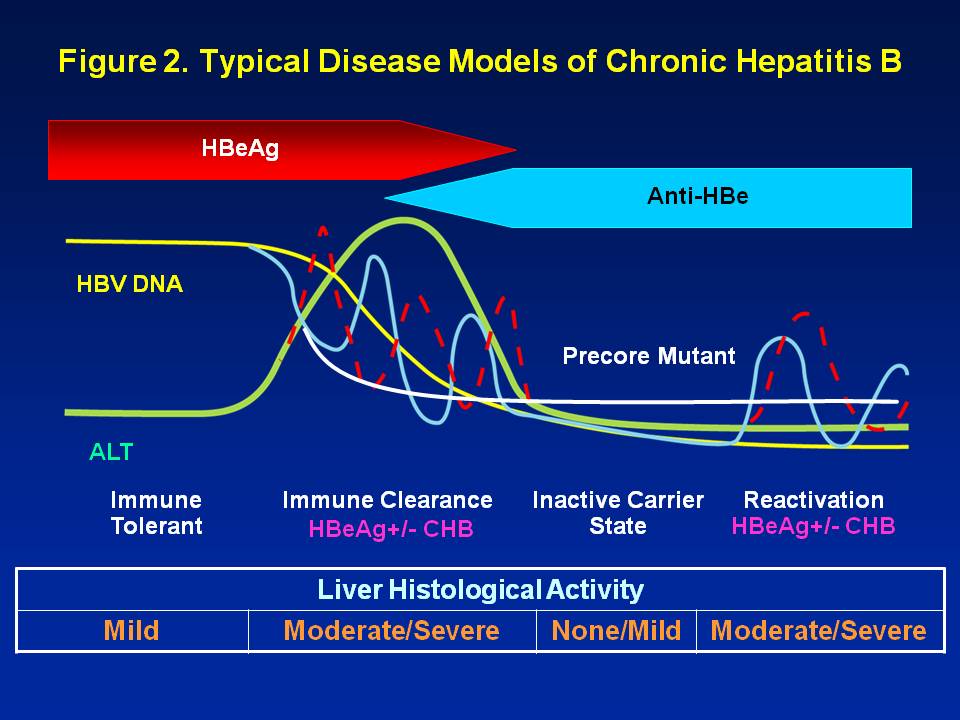HBF is pleased to connect our blog readers to Christine Kukka’s monthly HBV Journal Review that she writes for the HBV Advocate. The journal presents the latest in hepatitis B research, treatment, and prevention from recent academic and medical journals. This month, the following topics are explored:
- 39.2% of U.S. Newborns Aren’t Getting Hepatitis B Vaccine at Birth
- Researchers Suggest Banning or Restricting Lamivudine to Avoid Drug Resistance
- Knowledge Gap About Hepatitis B Persists Among Asian-Americans
- Even Liver Specialists Fail to Immunize Patients Against Viral Hepatitis
- Many Seek Viral Hepatitis Tests Only When Symptoms Appear
- After Six Years of Tenofovir Treatment, Still No Signs of Drug Resistance
- More Studies Examine Link Between Vitamin D and Liver Damage
- Study Examines Which Hepatitis B Patients Relapse with Chemotherapy
- Interferon Treatment May Cause Some Hearing Loss
- African-Americans Suffer the Highest Rates of New HBV Infections in the U.S.
HBV Journal Review
September 1, 2013
Volume 10, Issue 8
by Christine M. Kukka
39.2% of U.S. Newborns Aren’t Getting Hepatitis B Vaccine at Birth
Which newborns aren’t getting immunized against hepatitis B in the U.S.? The infants who:
- • Do not have health insurance
- • Live in states without a universal hepatitis B vaccine supply policy
- • And have only one provider who administered vaccines.
According to a U.S. Centers for Disease Control and Prevention study, published in the August issue of the journal Preventive Medicine, an alarming 39.2% of newborns missed the first, critical birth dose of hepatitis B vaccination that can protect newborns from hepatitis B even if their mothers are infected.
These results come from data analysis of the 2009 National Immunization Survey of 17,053 U.S. children, aged 19-35 months.
“Children who reside in states without a universal hepatitis B vaccine supply policy, and are not covered by health insurance are two important modifiable risk factors for not receiving the birth dose hepatitis B vaccination, future intervention studies could be needed to help control those modifiable risk factors,” CDC researchers wrote.
Source: www.ncbi.nlm.nih.gov/pubmed/23988497
Researchers Suggest Banning or Restricting Lamivudine to Avoid Drug Resistance A global team of researchers suggest lamivudine (Epivir-HBV) never be used to treat hepatitis B patients because it frequently leads to drug resistance and sets the stage for resistance to other antivirals, such as entecavir (Baraclude).
Lamivudine, the first antiviral approved for hepatitis B treatment, has fallen out of favor in North America and Europe because of its high rate of drug resistance. But because of its low cost, it continues to be commonly used to treat hepatitis B virus (HBV) infection in Asia and Africa, where the majority of the world’s hepatitis B patients live.
This report, published in the July 30 issue of PLoS One, examined the molecular make-up of the virus in many patients who had been treated with lamivudine as well as patients who had never been treated. They found the many untreated patients carry a mutation that allows HBV to quickly mutate and develop resistance to lamivudine.
“Our findings strongly suggest that the use of lamivudine will not benefit …patients,” they wrote because of the high risk of lamivudine resistance.
“Finally, since patients can quickly develop drug resistance to entecavir in the presence of lamivudine mutations, the lamivudine mutations can significantly compromise the efficacy of entecavir,” they concluded.
They proposed that doctor screen patients for these mutations before ever prescribing lamivudine,”… to most effectively treat chronic hepatitis B patients by selecting only sensitive drugs.” …
Continue reading about this and additional HBV related studies







![5-17-13[1]](https://wp.hepb.org/wp-content/uploads/2013/05/5-17-1311-1024x701.jpg)









